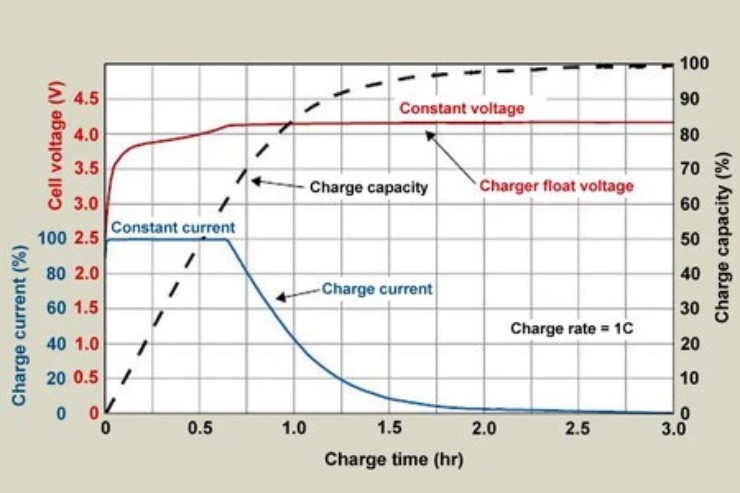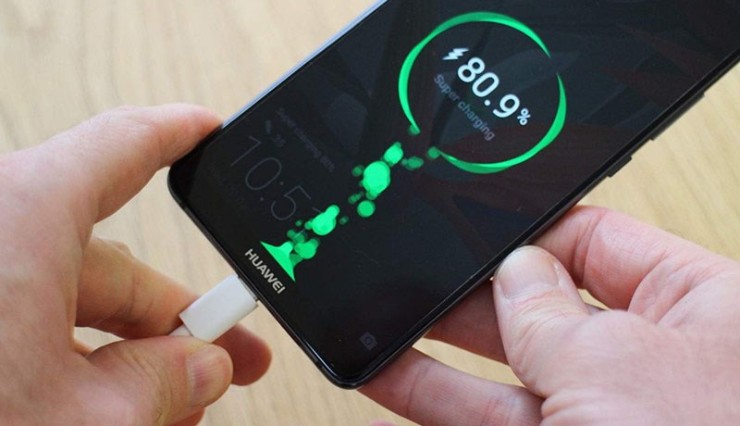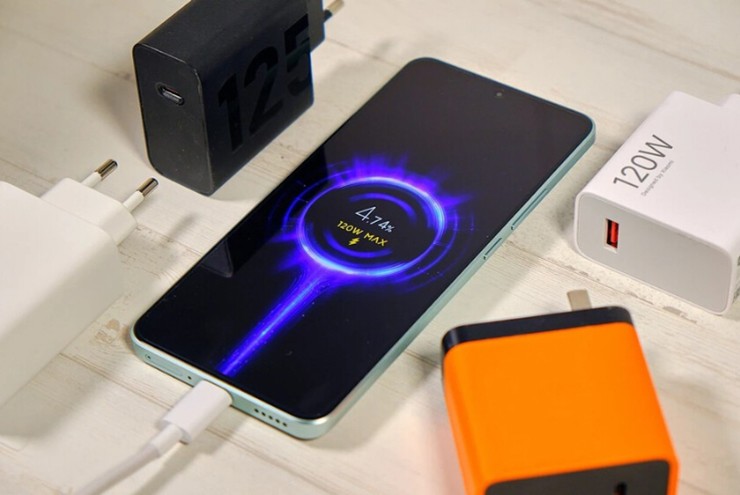Fast charging is one of the features of smartphones that users do not pay attention to until the need arises, such as preparing to leave the house and discovering that the red battery needs to be recharged after just a few minutes of charging.
So how can fast charging do it so quickly, especially in the first minutes of charging, and how much attention should we pay to this function?
Fast charging technology on smartphones is increasingly popular.
Regardless of the brand's standards, the lithium-ion battery itself on a smartphone has specific voltage levels, and can receive and release a certain amount of current. More voltage and more amperage will result in more power. This is expressed according to the physical formula Power (W) = Voltage (Volt) x Current (Amperes).
However, batteries have strict limits on operating limits, especially voltage, for safe charging and optimization of component and device life. Therefore, fast charging is not simply about applying high voltage and current to charge as much energy as possible.
Instead, fast charging will be divided into two different stages: a constant current stage and a constant voltage stage. The image below from Battery University will help users have a better idea of the fast charging process.

Image from Battery University.
For ease of understanding: the red line corresponds to voltage and the blue line corresponds to current. Look at how the voltage changes during charging, as this affects the amount of current that can flow to the battery. We are especially interested in the first stage, where direct current is used, because it is key to fast charging in the first minutes.
Fast charging technology takes advantage of this constant current phase to deliver as much current as possible to the battery before it reaches its maximum voltage. As a result, they operate more efficiently as the battery gets more depleted (below 50% capacity) and have an increasingly smaller impact on charge times as it exceeds 80% capacity.
In fact: the constant current phase is the period that is least harmful to the battery's health in the long term. In other words, higher constant voltage coupled with heat is what reduces component life the most.

Fast charging is best optimized at capacity below 50%.
From here, there are different techniques that manufacturers can apply to increase the battery's power management capabilities to improve charging times. For example, using more advanced materials to withstand higher currents and temperatures, using batteries with multiple anode and cathode labels to reduce internal resistance and thus increase current, two-cell split batteries current into two parallel batteries.
Optimizing battery charge times also involves monitoring voltage and current to debug algorithms because in addition to temperature, this data can be sent to the smart charger to regulate power to the device .

